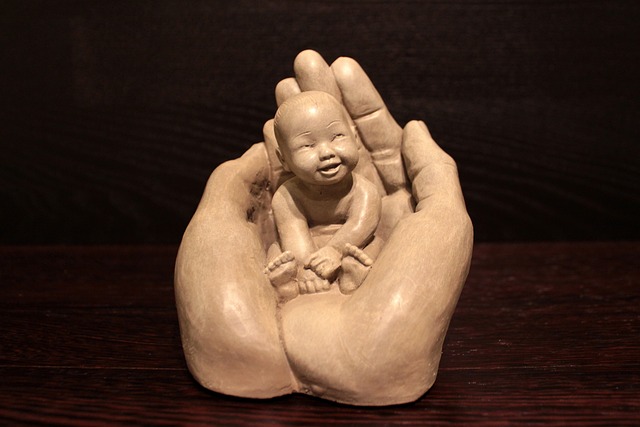A child's safety and well-being are matters of concern to all parents. Whether at home, at school or outdoors, you want to make sure your son or daughter is safe and well taken care of. The safety of the child involves a number of aspects related to his physical and psychological development, his diet, his health and his hygiene.

To get started, we'll look at some of the key areas to consider to keep your child safe and well-being. We will also cover how parents can benefit from support to ensure their child is protected and happy.
Feed
An appropriate and varied diet is essential for the proper functioning of the body and the safety of the child. Children need a variety of nutritious foods to maintain their health and well-being. This includes fresh fruits and vegetables, dairy products, complex carbohydrates and lean proteins. It is essential to monitor what your child eats and drinks and to encourage healthy consumption.

Just as you will also have to be vigilant about the risks associated with food and consumption. For example, some food items may contain potentially harmful preservatives, food additives unnecessary substances and chemicals that can affect your child's health. Make sure your child eats healthy foods and pay attention to nutrition labels and ingredients for each food.
Hygiene
Frequent hand washing and personal hygiene are important for a child's health and safety. Children should learn to wash their hands before and after meals and after using the toilet. This will reduce their risk of contracting a germ-borne illness and help you keep your family healthy. You will also need to encourage your child to take regular showers or baths.
Personal hygiene is also important for child safety. Children should learn to brush their teeth properly and bathe regularly. They should also be encouraged to wear clean clothes and clean their ears and noses daily. These simple measures can help reduce the risk of infectious diseases and maintain your child's health.
Physical and psychological development
An important part of child safety is ensuring that they grow and develop physically and psychologically in a safe and supportive environment. Children need exercise and play to maintain physical fitness and good humor. When they're active, they're more likely to make healthy choices and stay safe. Encourage your child to participate in outdoor activities, sports and interactive games to stimulate their physical and psychological development.
Also, try to provide your child with opportunities to explore and learn. School experiences, vacations, and cultural visits can help promote healthy development of mind and body. Children also need to learn to respect others and to treat people and animals with kindness. Try to establish a structure and routine for your child to promote healthy mental and physical growth.
Education
A complete and safe education is the key to allowing your child to grow and develop as well as possible. Children need a safe and nurturing learning environment that not only provides opportunities for learning, but also a safe place to grow and explore. This means finding a school that offers a diverse learning program focused on developing social skills. It's also important that your child gets enough sleep each night to maintain energy and stay focused and performing during class.
Child safety is also maximized when parents are engaged and involved in their upbringing. Invite your child to tell you about their school day and give them opportunities to share their successes and disappointments. Help him solve his problems and navigate his relationships with others. Set clear boundaries and encourage your child to be curious and explore the world around them. In this way, you will help your child grow into a productive and responsible member of society.
Finally, the safety and well-being of a child are things that all parents want to ensure. Parents can improve their child's safety by adopting measures such as: ensuring that he receives a varied and nutritious diet; encourage personal hygiene; provide opportunities for physical activity; and provide a safe and stimulating learning environment. By implementing these practices and helping your child learn to be independent, you can ensure that your child will be safe and happy.
